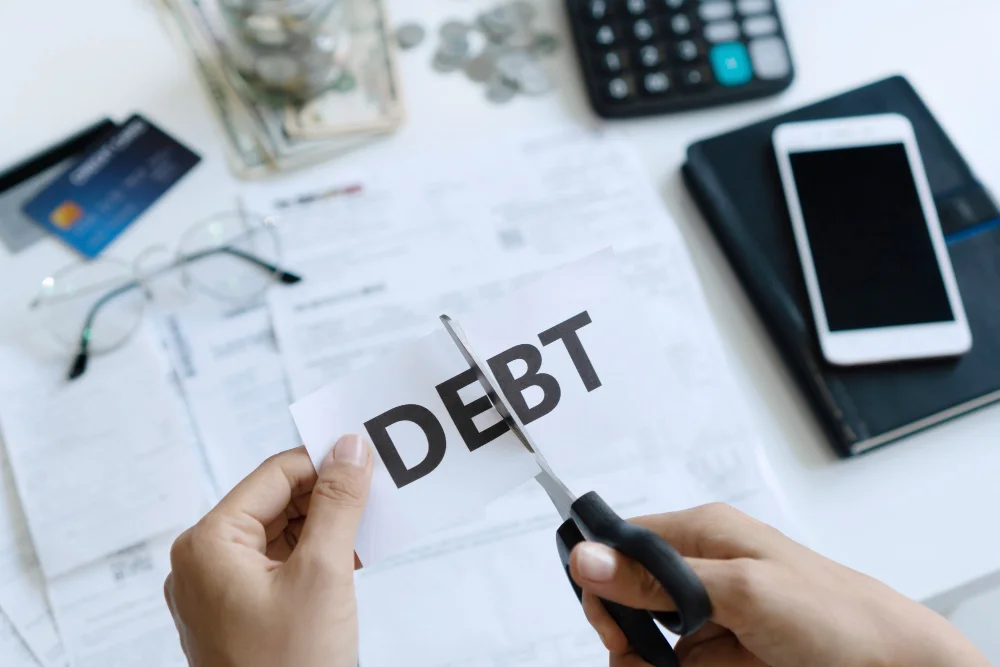Budgeting is one of those things we all know we should do, but it’s not always clear how to go about it. With so many budgeting strategies out there, how do you pick the one that actually works for you? The answer is simpler than you might think: it all comes down to your financial goals. What’s your number one priority? Are you trying to pay off debt, stop poor spending habits, save for a big purchase, or maybe something else entirely?
Whether you’re planning to pay off an auto equity loan in Minnesota or simply hoping to stash some cash for a rainy day, there’s a budgeting method that can help you achieve your goal. The trick is figuring out which strategy fits your financial situation and lifestyle. Let’s dive into a few approaches to help you choose the right one for you.
Identify Your Primary Financial Goal
Before you start thinking about specific budgeting methods, the first step is to figure out your number one financial goal. What are you trying to achieve? Your goal will shape the budgeting strategy that works best for you. Here are a few common goals and how they might guide your choice:
- Paying Down Debt: If getting rid of debt is your main focus, you’ll want a budget that aggressively allocates a portion of your income toward those balances. In this case, you need a strategy that keeps unnecessary spending in check while maximizing your debt payments.
- Saving for a Big Purchase: Are you saving for a car, house, or maybe an emergency fund? Your budget should focus on cutting expenses and directing that money toward your savings goal. Every extra dollar counts.
- Breaking Bad Spending Habits: If your spending tends to get out of hand, you’ll need a budgeting method that helps you track every dollar and shows you exactly where your money is going. Awareness is the key to improving spending habits.
- Stabilizing Your Finances: If your finances feel chaotic, you might just need to regain control. A straightforward, easy-to-follow budget will help you establish a sense of stability and make sure you’re covering all your bases.
Once you know your main objective, you can start narrowing down which budgeting method will work best for you.
The 50/30/20 Budget: For Balanced Spending and Saving
If you’re looking for a straightforward and flexible budgeting strategy, the 50/30/20 method could be your best bet. This budget divides your income into three categories: 50% for necessities (like housing, groceries, and utilities), 30% for discretionary spending (dining out, entertainment, etc.), and 20% for savings or debt repayment.
This approach is great for people who want a balanced budget without getting too bogged down in the details. It works particularly well if you’re trying to save up for something big, like a down payment on a house or paying off an auto equity loan in Minnesota, while still maintaining some room for fun.
Pros:
- Easy to understand and implement
- Allows for both savings and spending
- Offers flexibility
Cons:
- Might not be aggressive enough if you’re tackling major debt
- Doesn’t account for irregular expenses, which can throw off your plan
The Zero-Based Budget: For Complete Control
The zero-based budget is one of the most detailed methods out there, and it’s ideal if you need to take full control of your spending. In this strategy, you assign every dollar of your income to a specific purpose, whether it’s bills, groceries, entertainment, or savings. By the end of the month, every dollar has a job, and there’s no money left unaccounted for.
If you tend to overspend or have no idea where your money goes each month, this method can be a game-changer. It forces you to be mindful of every purchase, making it perfect for people trying to break bad spending habits.
Pros:
- Provides complete control over your finances
- Helps you identify unnecessary expenses
- Great for aggressive debt payoff or savings goals
Cons:
- Time-consuming to maintain
- Can feel restrictive if you’re not used to tracking your spending so closely
The Envelope System: For Curbing Overspending
The envelope system is an old-school method, but it’s highly effective for people who struggle with overspending, particularly with debit or credit cards. Here’s how it works: at the start of each month (or pay period), you put cash into envelopes labeled for different categories like groceries, entertainment, and dining out. Once the cash in an envelope is gone, you can’t spend any more in that category until the next period.
While it may feel a little outdated, this method works wonders for people who find it hard to stick to a budget when using plastic. The act of physically handling cash can make you more aware of your spending and encourage you to think twice before making a purchase.
Pros:
- Great for curbing overspending
- Helps you stick to limits in specific spending categories
- Encourages conscious spending
Cons:
- Cash can be inconvenient for certain purchases
- Requires discipline to avoid dipping into other envelopes
The Debt Avalanche or Debt Snowball: For Paying Off Debt
If your main focus is paying off debt, both the Debt Avalanche and Debt Snowball methods are excellent approaches to consider. While these aren’t traditional “budgets” in the sense of dividing up your income into categories, they are specific strategies for tackling debt.
- Debt Avalanche: In this method, you prioritize paying off the debt with the highest interest rate first while making minimum payments on other debts. Once the highest-interest debt is paid off, you move on to the next one. This method saves you the most money in interest over time.
- Debt Snowball: In this approach, you pay off the smallest debt first, regardless of the interest rate, while making minimum payments on the others. Once the smallest debt is cleared, you move on to the next smallest. This method is great for building momentum and staying motivated, as you get the satisfaction of seeing debts disappear quickly.
Both of these methods can be highly effective, and the one you choose depends on whether you’re more focused on saving money on interest (Debt Avalanche) or staying motivated through quick wins (Debt Snowball).
Pros:
- Focuses on debt repayment, helping you eliminate debt faster
- Both methods can work alongside traditional budgets
Cons:
- May require you to allocate a large portion of your income to debt repayment, leaving less room for other goals
Pay Yourself First: For Prioritizing Savings
If your goal is to build up your savings—whether it’s for an emergency fund, retirement, or a large purchase—consider the Pay Yourself First method. In this strategy, you prioritize saving by setting aside money for savings before you pay any bills or other expenses. This ensures that saving is always your top priority, rather than an afterthought.
The Pay Yourself First method is ideal if you have a hard time saving or tend to spend whatever is left after bills and other expenses. By automatically directing a portion of your income into savings at the start of the month, you’ll be forced to live on what remains, which can help curb unnecessary spending.
Pros:
- Ensures you prioritize savings
- Can be automated, making it easier to stick with
Cons:
- Can make budgeting for other expenses more challenging if you’re not careful
Choosing What Works for You
Ultimately, the best budgeting method is the one that fits your goals, lifestyle, and financial situation. Whether you’re tackling an auto equity loan in Minnesota, saving for a big purchase, or trying to get your spending under control, there’s a budgeting strategy that can help you get there.
It’s important to remember that budgeting isn’t one-size-fits-all. What works for someone else might not work for you, and that’s okay. Don’t be afraid to experiment with different methods until you find one that feels right. The most important thing is that your budget helps you achieve your financial goals—whatever they may be.


















